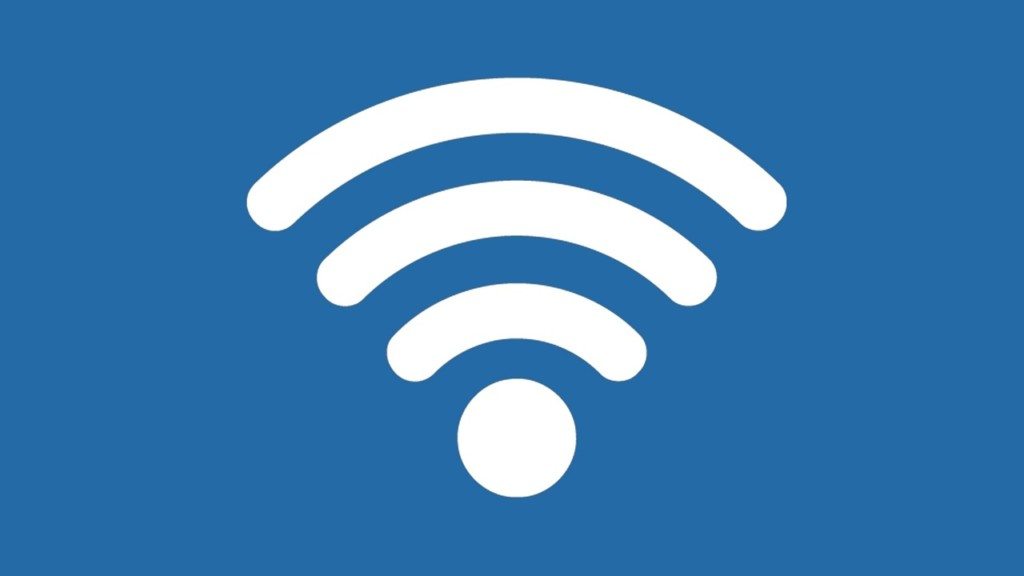MU-MIMO (multi-user, multiple input / multiple output), the fastest form of Wi-Fi currently has been in market for some time in routers but there has been a dearth of devices that make use of that new standard largely because the Wi-Fi Alliance, the standards body that issues the sticker, hadn’t blessed the standard yet. Well this week that got fixed and suddenly a wave of Wi-Fi Wave 2 devices are on their way–promising a jump in performance that brings the result far closer to a wired network.
As you might expect Qualcomm is at the heart of this effort and the vast majority of devices that meet this new specification use its chipset. That means mostly phones, a handful of mostly gaming laptops from companies like Alienware, and one tablet. However, there is a Linksys USB adapter that just hit market so you can upgrade your existing laptop for a reasonable $59 which, when coupled with a compliant router will make that laptop scream while on wireless.
I’ve been running a long term MU-MIMO test at my home office using mostly MU-MIMO routers and I have to tell you the speed is impressive and it has saved me a ton of money and time that I would have spent pulling Ethernet cable.
Let’s talk fast Wi-Fi this week.
Wave 2
Up till now you were only really safe using advanced technology like MU-MIMO from one vendor like Qualcomm because you could be reasonably sure its stuff would work with its other stuff. This certification means that parts from a variety of suppliers like Broadcom, Marvell, MediaTek, and Quantenna will now reliably work together so by the second half of the year we should be up to our necks in this next-generation wireless gear.
The advances allow more devices to operate simultaneously on the same network, in addition this standard includes 160 GHz channels which are substantially faster than the common 80 MHz channels we now have, and one additional spatial stream—further increasing potential performance. The end result should give up to 3x the speed of your current Wi-Fi setup and have less impact from loading so if you have a lot of devices on your network and have been seeing bottlenecks there is a good chance your speed bump will be substantially higher.
Qualcomm In The Lead
Qualcomm was the most aggressive supporter of this new standard early and, as a result, the vast majority of devices that you’ll currently find have its solution in them. The good news is that this means even before they get the sticker they should work with the standard. So if you don’t see the Wi-Fi Wave 2 sticker you should be OK if you see the Qualcomm logo on the box or know the device is using its MU-MIMO solution.
Experience
As I’ve noted, I’ve been running a long term test of this next-generation wireless standard using four Linksys EA8500 Mu-Mimo Max-stream routers set up as a dedicated network. I’ve been incredibly impressed with the result and have been able to stream multiple 4K videos on my big TVs while playing online video games and the performance—both in terms of reliability and speed—have been well above my prior Wi-Fi router/extender solution. The result was almost indistinguishable from my wired network. In fact, I generally have to reboot my switches more often than I’ve had to reboot my wireless network.
I can hardly wait to get a tablet that supports this standard because it would make a ton of difference for when I’m watching movies in the back yard on it. Same with my laptops. However, as noted above there is in market a Linksys Max-Stream AC600 USB adapter for a laptop priced at $59.99, which is pretty reasonable for a cutting edge part like this. So you don’t have to buy a new laptop, you just have to buy a dongle for the one you already have.
Wrapping Up: Where Performance Counts
Ever since we moved to the web there has been less of a problem with the performance of our hardware and more of a problem with the speed of our connection. Wi-Fi Wave 2 addresses the latter in your home and small business initially and eventually at conferences and enterprises as the technology rolls to market. This will shift the bottlenecks upstream to the carriers and put more pressure on them adopting gigabit or faster wired connections more aggressively.
Hey, sometimes change is a good thing.
- The Mighty Mini: Why HP’s Z2 Mini G1a Workstation Is the Unsung Hero of AI Development - July 7, 2025
- The HP OmniBook X Flip 2-in-1 16-Inch: Your New Digital Swiss Army Knife (Now in Glorious Atmospheric Blue) - June 25, 2025
- The Open AI Avalanche: Why AMD’s Collaborative Spirit Is Outmaneuvering NVIDIA’s Empire - June 22, 2025



